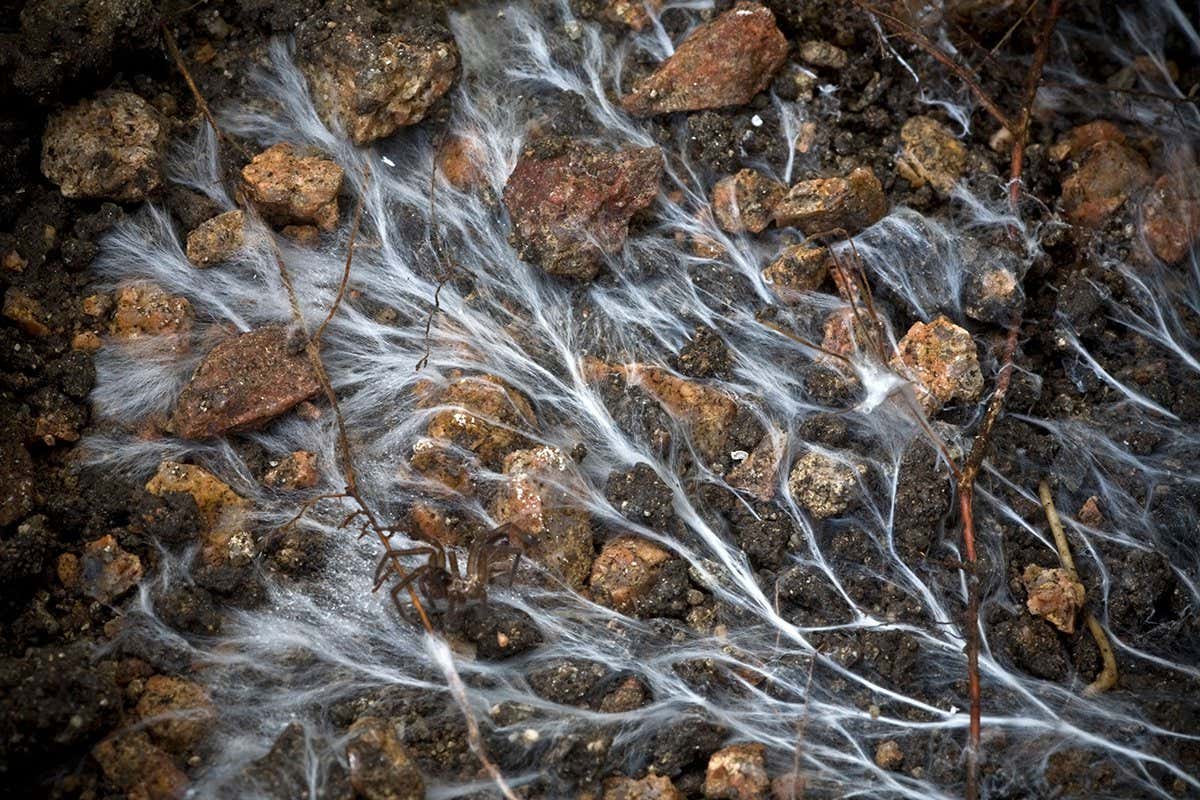Wild Fungi: A Climate Change Weapon? Exploring the Untapped Potential of Mycelia
Climate change is arguably the biggest challenge facing humanity. While the solutions seem vast and complex, a surprising answer might lie beneath our feet: wild fungi. Specifically, the intricate networks of mycelia—the vegetative part of fungi—are showing immense potential in combating climate change in several unexpected ways.
The Mycelium Network: Nature's Underground Superhero
Mycelia are thread-like structures that form vast underground networks, connecting plants and even trees in a complex symbiotic relationship. This "wood wide web," as it's sometimes called, facilitates nutrient exchange and communication within ecosystems. But their role extends far beyond this vital ecological function. Recent research highlights their potential in several areas crucial to mitigating climate change:
-
Carbon Sequestration: Mycelia are exceptionally efficient at absorbing carbon dioxide from the atmosphere. Their vast networks effectively lock away carbon in the soil, helping to reduce atmospheric CO2 levels. Studies have shown that fungal biomass can significantly increase soil organic carbon content.
-
Bioremediation: Fungi possess remarkable abilities to break down pollutants and toxins. This bioremediation potential is invaluable in cleaning up contaminated sites, reducing the environmental impact of industrial activities, and preventing further pollution. Mycelia can even decompose plastics, offering a promising solution to plastic pollution.
-
Sustainable Agriculture: Mycelia can improve soil health and fertility, reducing the need for synthetic fertilizers and pesticides. This promotes sustainable agricultural practices, enhances crop yields, and minimizes the environmental footprint of food production. Mycorrhizal fungi, in particular, form symbiotic relationships with plant roots, boosting nutrient uptake and drought resistance.
-
Biomaterials: Mycelia are being explored as a sustainable alternative to traditional materials like plastic and leather. Companies are already using mycelium to create packaging, building materials, and even clothing, offering biodegradable and renewable alternatives to polluting materials.
Challenges and Future Directions
Despite the promising potential, significant challenges remain:
-
Research and Development: More research is needed to fully understand the complex mechanisms of mycelial growth and their interaction with the environment. This will allow for more effective application and optimization of their climate-fighting potential.
-
Scalability: Scaling up the production and application of mycelial-based solutions remains a significant hurdle. Developing efficient and cost-effective methods for large-scale cultivation and application is crucial for widespread impact.
-
Conservation: Protecting existing wild fungal populations and their diverse habitats is vital. Unsustainable practices and habitat loss could severely limit the future benefits we can derive from these crucial organisms.
Conclusion: A Promising Ally in the Fight Against Climate Change
Wild fungi, and their remarkable mycelial networks, represent a powerful, albeit often overlooked, ally in the fight against climate change. From carbon sequestration and bioremediation to sustainable agriculture and biomaterials, their potential applications are vast and far-reaching. Further research, development, and conservation efforts are crucial to unlocking the full potential of these vital organisms and incorporating them into comprehensive climate change mitigation strategies. The future of climate action may well depend on understanding and harnessing the power of the hidden world beneath our feet.
Keywords: Wild Fungi, Mycelia, Climate Change, Carbon Sequestration, Bioremediation, Sustainable Agriculture, Biomaterials, Wood Wide Web, Mycorrhizal Fungi, Environmental Sustainability, Climate Action, Ecological Solutions
Internal Links: (Would be added here if this were part of a larger website with relevant pages. Example: Link to a page on sustainable agriculture)
External Links: (Would be added here linking to reputable scientific studies and relevant organizations working on mycology and climate change. Example: Link to a research paper on carbon sequestration by fungi)

